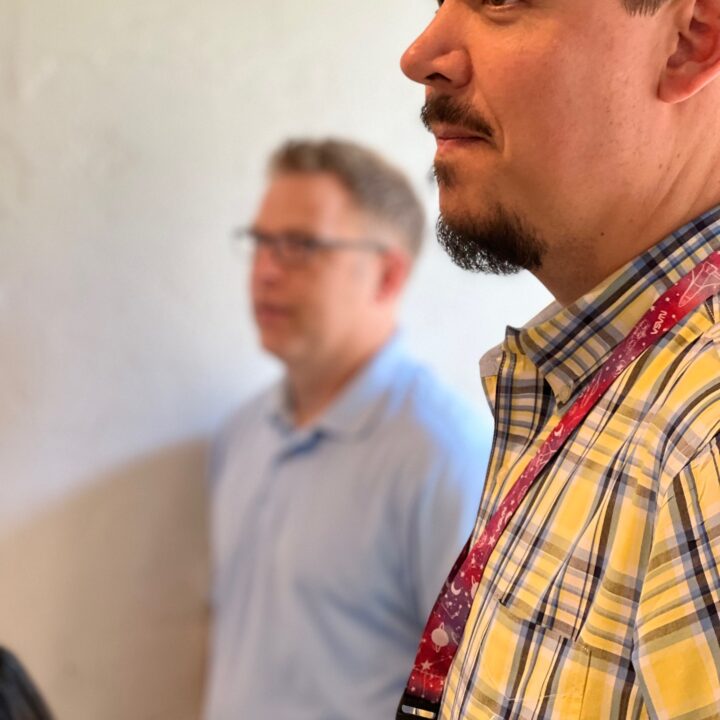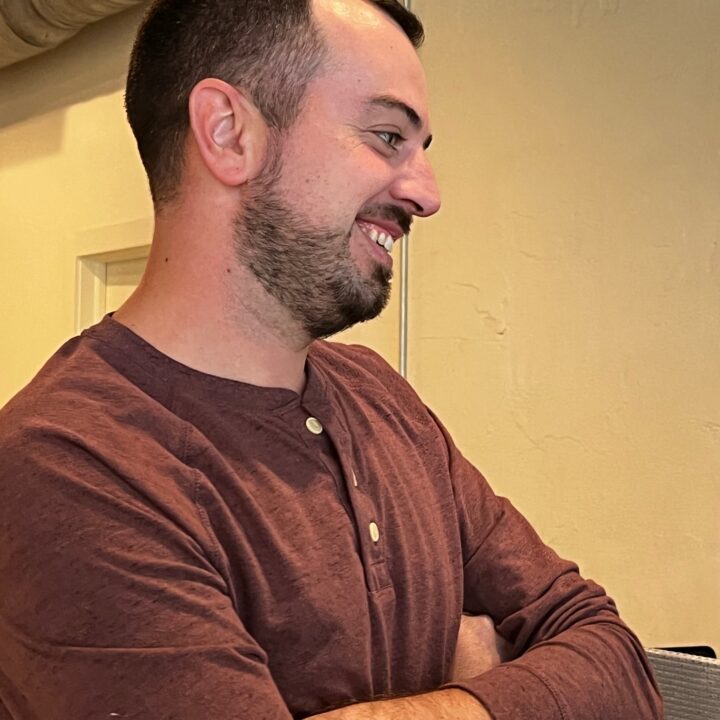My career thus far has entailed 15 years working to support social programs in delivering better access to services through rigorous evaluation, continuous improvement and collective impact principles. Joining Asemio has provided me with an incredible opportunity to merge my background in the social sector with the dynamic, problem-solving world of software development.
While social services and software development may seem like two distinct fields, they do overlap in the fundamental need to deeply understand and respond to behavior, needs, and the relationship between the two. They use different lenses to make that happen, however they ultimately both aim to empower people with tools that help improve their lives. It’s not just the outcome that matters, but also the process. This is why the culture at Asemio thrives on the multidisciplinary backgrounds of many of its employees, including myself. It creates an opportunity to infuse diverse perspectives to ultimately meet the needs of our clients.
My journey at Asemio has illuminated how these worlds intersect, with project management playing a pivotal role in bridging the gap. Here are my early observations on how a human-centered approach to software development project management shapes our work at Asemio:
1. Values-driven work creates connection.
When you create a values-driven work environment, it impacts not only how you interact with colleagues, but also your ability to understand and connect with clients. Clients can sense when you make judgment calls driven by values versus driven by the bottom line, and that creates a special relationship built on trust. Further, when your own business processes and decision-making are driven by values, it supports the team in being better equipped to support clients with process improvement that balances efficiency and integrity by upholding their organizational values.
2. Seeking feedback extends far beyond User Acceptance Testing (UAT).
In agile software development, utilizing interactive approaches that build in repeated opportunities for integrating user feedback is a foundational component to the work. However, in order to meet a client’s needs in a more meaningful way, it requires seeking feedback beyond the functionality of a feature. It also requires checking in on how the team is feeling about the changes in general, how their overall workload has been impacted by being part of the project team, how they are doing in general and listening for how we can better support one another as colleagues. Taking time to connect and understand one another beyond titles and roles helps create working relationships that are able to navigate the highs and lows of technology development and application.
3. Stewardship exists in both visible and invisible ways.
As with many situations, some of the most human-centered moments may never be noted by a client. They are behind the scenes moments where you rethink who needs to be at a meeting in order to mitigate unnecessary budget consumption, or moments when you use your lunch break to read through a client’s mission statement so you can better understand their world a bit more. Stewardship is all the choices made, seen and unseen, that show you genuinely value and support a client’s work. While the visible displays of stewardships are absolutely necessary, I’m seeing that it’s the quiet displays of stewardship that bring this value to life in sustainable ways.
4. Prioritization translates to caring.
To someone who is new to the phrase, “minimum viable product” can sound as though you are simply aiming for the basic solution. However, as I began to see the concept play out in client meetings, I began to understand that it serves to keep teams focused on client needs, which ultimately ensures those needs are met. Technology sparks creativity, innovation and irresistibly endless opportunities, which means it also requires discipline to not let future options override today’s immediate needs. Asemio’s MVP approach doesn’t stifle opportunity, rather it’s a starting place that ensures today’s needs are met so there is time and space to later integrate creativity and innovation.
Conclusion
In some ways, I hope these observations begin to feel less extraordinary as they are integrated into my work cadence and become ordinary practices. But in other ways, I hope I never get used to being amazed by the impact of holding a human-centered approach.
While a human-centered approach is especially relevant for a social enterprise that serves non-profit and government clients, it seems to be a way of thinking that can enhance project management across all domains. In a world that is increasingly automated, it’s critical that we– particularly a team of technologists creating innovative systems– prioritize the people that are within the systems we build.







